I am so very thankful for my French class because on the first day of classes, I made a friend named Fernando. And on that first day, we decided to go to a soccer game together. And we bought the tickets on the spot.
Fast forward to Wednesday, January 17th, when FC Metz takes on FC Saint-Etienne. To give you all some back story, I am not the world’s biggest soccer (football if you’re feeling European) fan, but I do enjoy watching it – a lot. I am a HUGE Atlanta United fan, but know next to nothing about the French football leagues. I did learn a couple of things before the game: FC Metz is dead-last in the league, French people are just as fiercely loyal to their teams as southerners are to college football, and the logistics of trash-talk are just as nonsensical here.
However, the game was absolutely amazing. We got to the stadium, and although it was very small, it felt just like a sporting event in the States. You could feel the excitement: there were tons of people walking in every direction, and the stadium and surrounding area was full of “ball park foods” (a.k.a. kebabs).
One of my favorite parts of the match was the cheering. Fernando and I had some pretty sweet tickets, in the fourth row right behind the goal, so we were right next to what I have decided to call the “wild fan section” (think of it as a student section but no students). There were all types of chants that lasted throughout the entire game. Some were very creative, some were very vulgar, but most of them consisted of “allez” (the French verb for “go”). The opposing team’s wild fan section even lit road flares throughout the game. These fans were enthusiastic, to say the least. Keep in mind that it was raining, around 40 degrees farenheit, and the worst team in the league. There was no stopping these fans.
Apart from the wild fan section, the stadium was pretty empty. There was not a single person in front of us, and the 4 rows behind us were completely empty as well. However, the game was wildly exciting. FC Metz scored one goal off a free kick and then another goal within the first 25 minutes. The rest of the game was action-packed and lively, but not another goal until around the seventy minute mark, when FC Metz scored again. So, end of the match and FC Metz won 3-0. After the game was over, a lot of the fans went down to the field and sang one of the chants to the players. The players came to the goal box, clapped along, and waved their appreciation, and then everyone filtered out.
Instead of going straight home, I decided to force Fernando to come get a kebab with me. (He hadn’t yet been fortunate to have the deliciousness that is a kebab, so it was heavily suggested on my part.) On the way, we did get a little bit turned around, thanks to me. And, I forced Fernando to follow my rule, that when I am lost with no time crunch, I don’t use a map. It forces me to really get to know Metz, although it may sometimes be unpleasant (especially in 40-degree rain). Finally, we had a beautiful meal at BurgerKebab, what is surely the most authentic kebab in all of France, and then walked around downtown. We walked through the tiny winding streets and then to the cathedral. (Fernando hadn’t seen it at night yet, so I also “heavily recommended” this.) Of course we got a little lost again, but we found it, thanks to the other benefit of my no maps rule: it forces you to practice the language by asking random people for help. All in all, the evening was a full two hoots. Who would have thought I could have this much fun on a Wednesday?
And now, for this post’s phrase: “Où est …. ?” This is how you say “Where is…?” in French. It came in very handy when we wound up on the opposite side of town from the cathedral, and in trying to find the bus to go to BurgerKebab, BurgerKebab itself, the soccer match, our seats in the stadium, and so on. I decided to share this phrase with you because not only is it helpful, but it also gives you a good idea of how our night went.



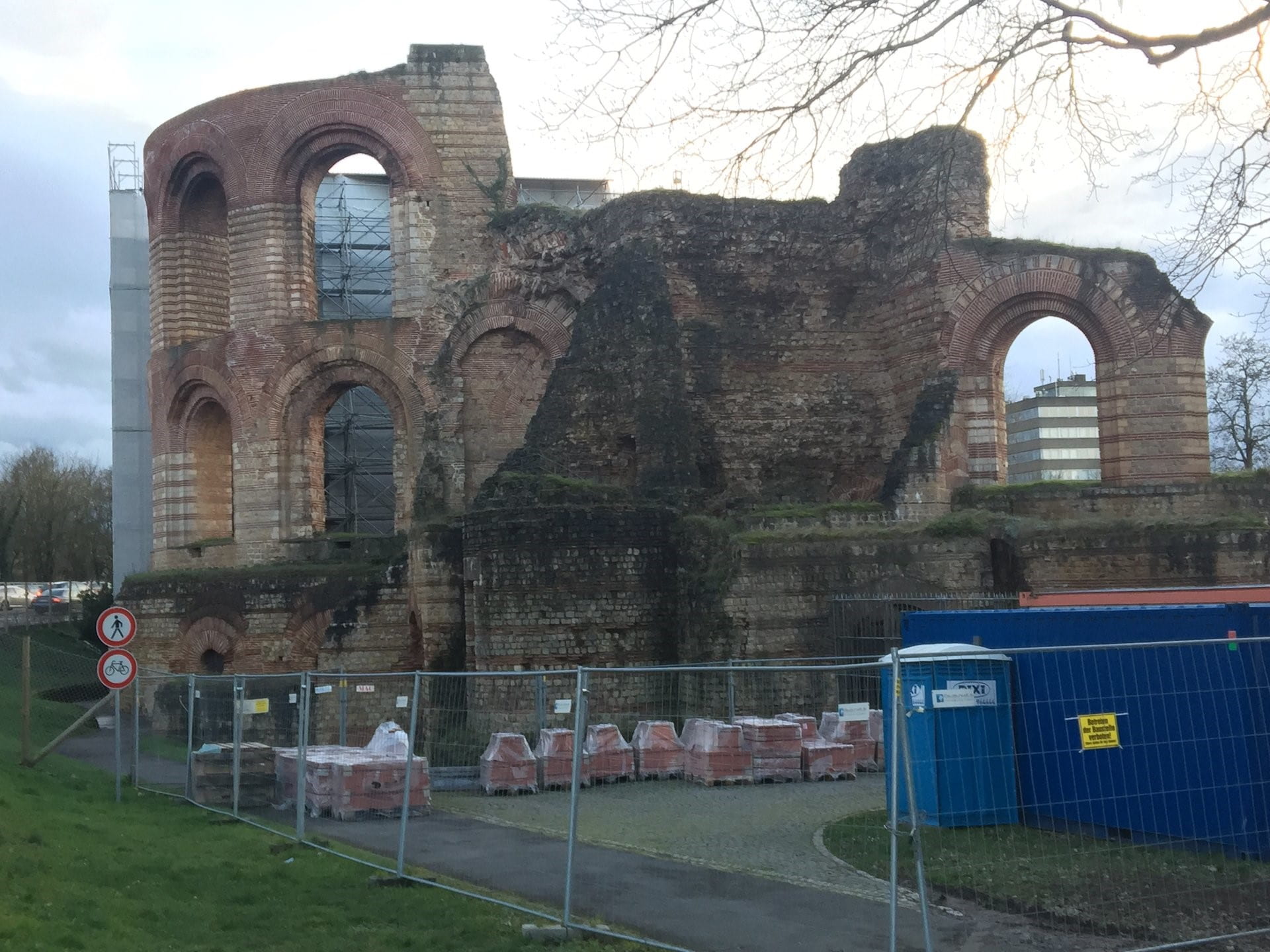



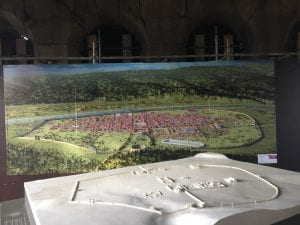

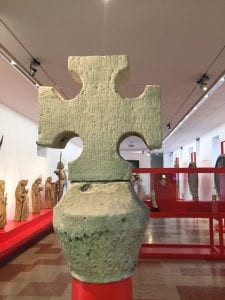
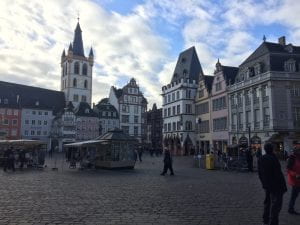 Baldwin of Luxembourg took the position from 1307 to 1354. He was elected into the position at 22 years old, and was very reluctantly recognized by the people of Trier. During his term, he greatly expanded the city’s territory and made it quite prosperous.
Baldwin of Luxembourg took the position from 1307 to 1354. He was elected into the position at 22 years old, and was very reluctantly recognized by the people of Trier. During his term, he greatly expanded the city’s territory and made it quite prosperous.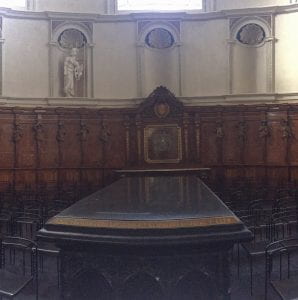
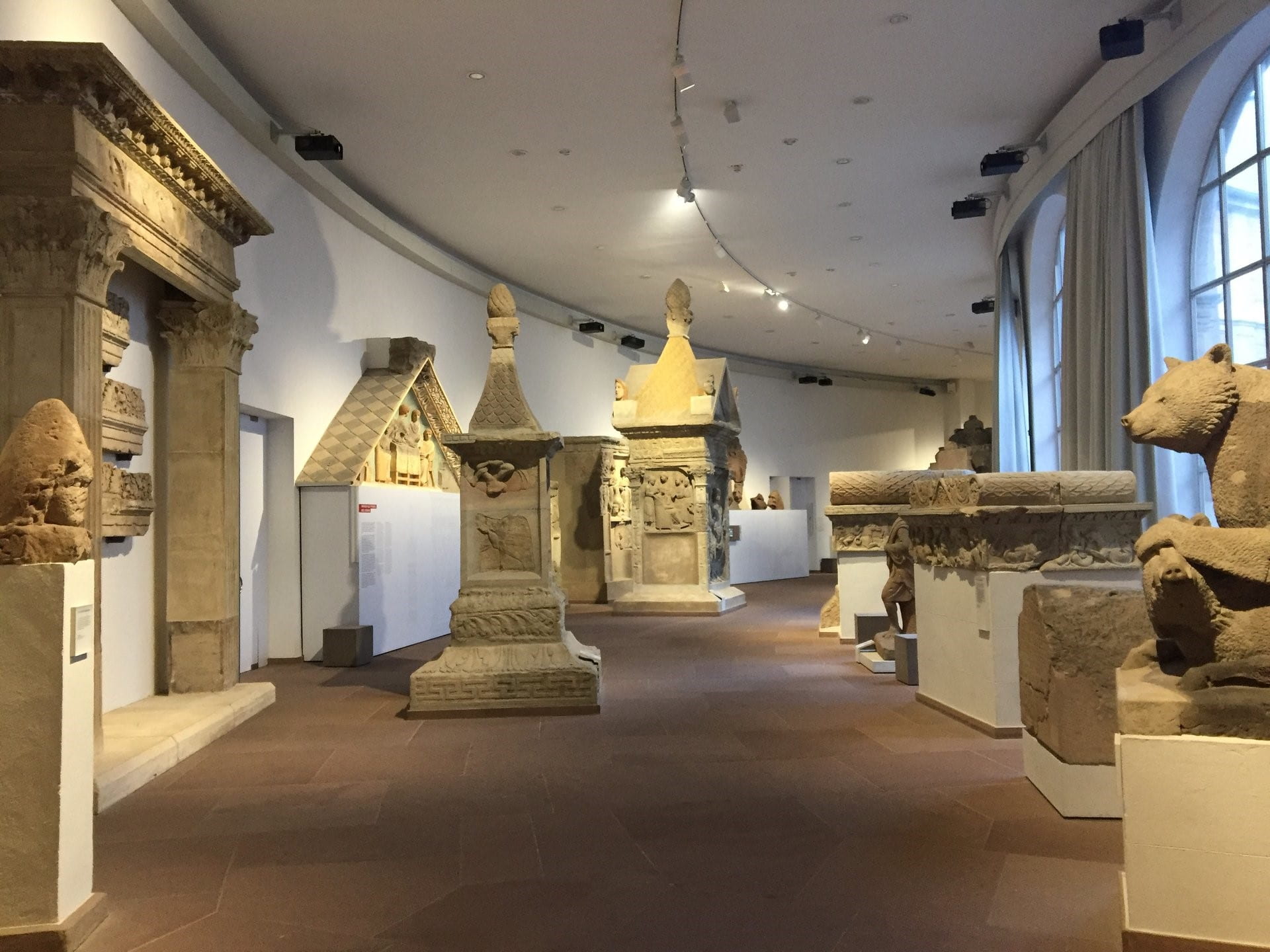
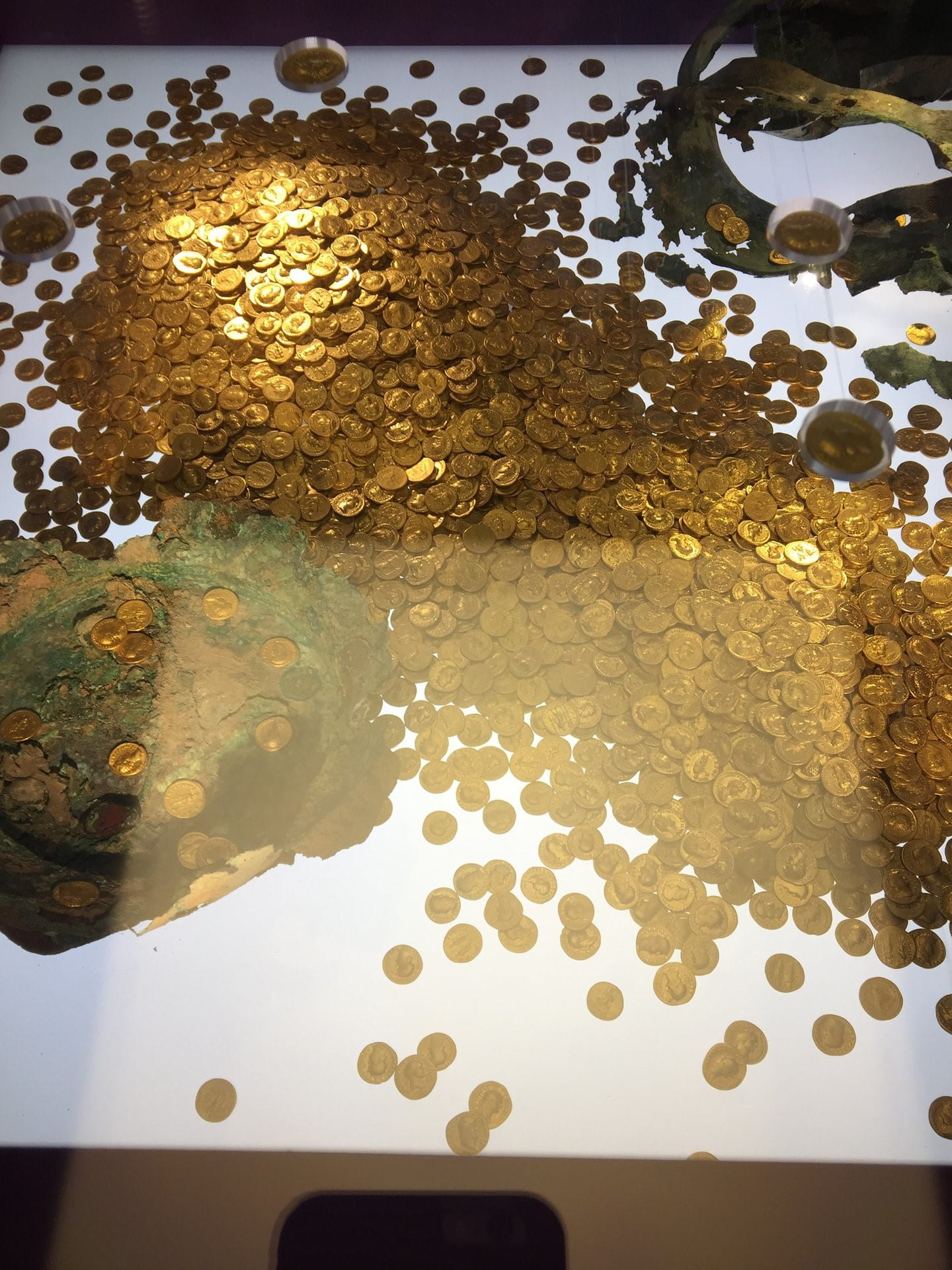













 then we went out for dinner. We stopped for a quick kebab at a restaurant downtown called Burger Kebab. (A kebab in France is not the meat and vegetables with a skewer, however, a wrap that is kind of like a gyro. You can choose to either have it on bread or in a tortilla, or gallete in French.) Then, we took a quick walk around the downtown area, and she showed me where everything is.
then we went out for dinner. We stopped for a quick kebab at a restaurant downtown called Burger Kebab. (A kebab in France is not the meat and vegetables with a skewer, however, a wrap that is kind of like a gyro. You can choose to either have it on bread or in a tortilla, or gallete in French.) Then, we took a quick walk around the downtown area, and she showed me where everything is. class before about the cathedral, so it is very near and dear to my heart. I am sure that at some point during the semester, I will visit it and write a post for it.) After that, Clem showed me how to take the bus, and we went back to her place.
class before about the cathedral, so it is very near and dear to my heart. I am sure that at some point during the semester, I will visit it and write a post for it.) After that, Clem showed me how to take the bus, and we went back to her place.